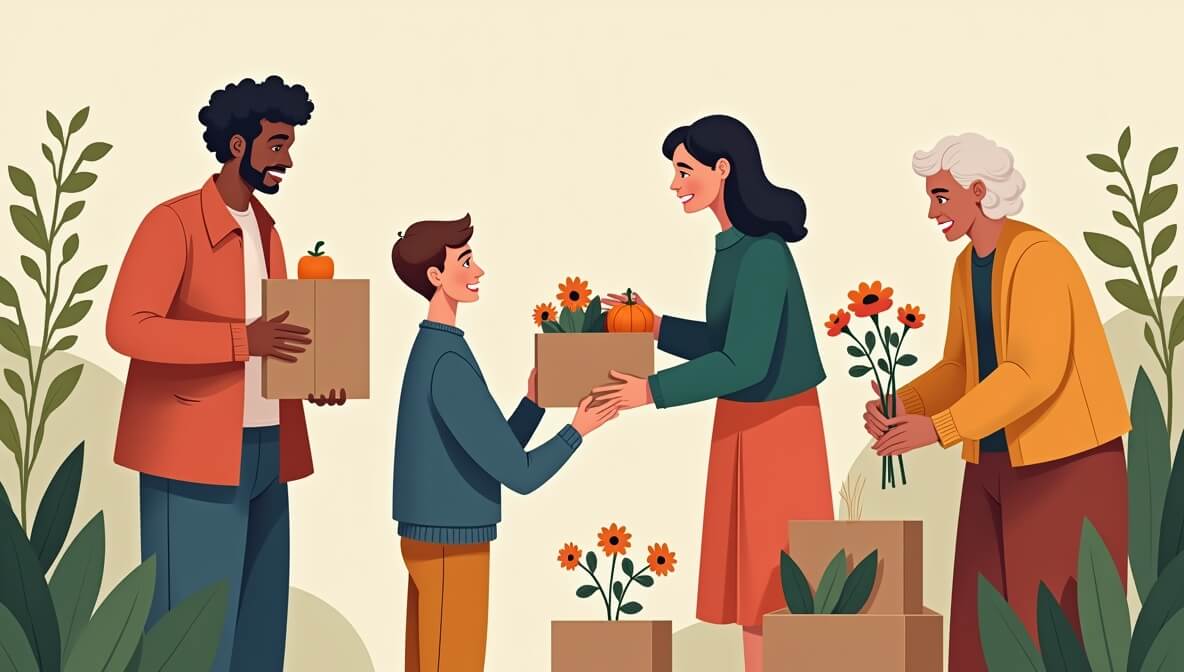September 09, 2025

Why do people hold the door open for strangers, donate money to causes they may never directly benefit from, or volunteer time without expecting anything in return? The answer lies in a powerful human trait called altruism—the selfless concern for the well-being of others.
Understanding what drives altruism not only helps us make sense of human behavior, but it also reveals how compassion can be nurtured in families, communities, and society at large. Whether you’re a non-profit leader, a parent, or simply someone who wants to contribute more to the world, learning about the roots of altruism can inspire meaningful change.
Altruism refers to acting out of concern for others’ well-being, without expecting a reward in return. While some acts of kindness may have indirect benefits, true altruism occurs even in the absence of personal gain.
Altruism forms the foundation of many social structures—from friendships and families to entire communities built on mutual aid.
Explore: Greater Good Science Center – Altruism
Far from being just a learned behavior, altruism is also biologically embedded in the human brain. Neuroscience studies using brain imaging have shown that acts of generosity activate reward centers, including the ventral striatum and medial prefrontal cortex—the same areas triggered by pleasure, food, and even love.
Bottom Line: Helping others makes us feel good—on a neurological level.
From an evolutionary standpoint, altruism helped early human groups survive and thrive. Our ancestors who cooperated were more likely to survive in harsh conditions, protect each other, and pass on their genes.
Humans are uniquely social beings—our brains evolved for empathy, communication, and cooperation. This is why we instinctively help others, even when there’s no clear reward.
While biology lays the foundation, culture shapes the expression of altruism. Different societies place varying emphasis on community welfare, generosity, and interdependence.
For example, collectivist cultures may promote group-based altruism, while individualistic societies might emphasize personal choice in giving.
Read More: The Power of Collective Action: When Communities Unite
In modern society, altruism is most visibly practiced through charitable acts, volunteering, and advocacy. Non-profits, in particular, depend on altruistic individuals to support their missions with time, money, and expertise.
Even small gestures—like complimenting someone, donating clothes, or checking in on a neighbor—can strengthen community bonds and inspire more kindness.
Explore: Beyond Money: Other Ways You Can Support a Cause
Surprisingly, altruism isn’t just good for society—it’s also good for your health and well-being.
People who engage in regular acts of kindness often report greater life satisfaction and stronger relationships. In this way, giving becomes a form of self-care.
You don’t need to start a foundation or donate thousands to be altruistic. Here are five simple, everyday ways to practice compassion:
Check out: The Ethics of Charitable Giving: What to Look For
Altruism is not just a virtue—it’s a powerful force for social transformation. Rooted in both biology and culture, our instinct to help one another is one of the most enduring aspects of what it means to be human.
By understanding why we help—and by consciously cultivating compassion—we can build a more connected, equitable, and resilient world. Whether you're donating, volunteering, mentoring, or simply showing kindness, your actions matter.
In a world that often feels divided, altruism unites us.
Stay up to date with the latest tips, expert insights, product reviews, and step-by-step guides to help you grow, create, and succeed—no matter your industry or passion.